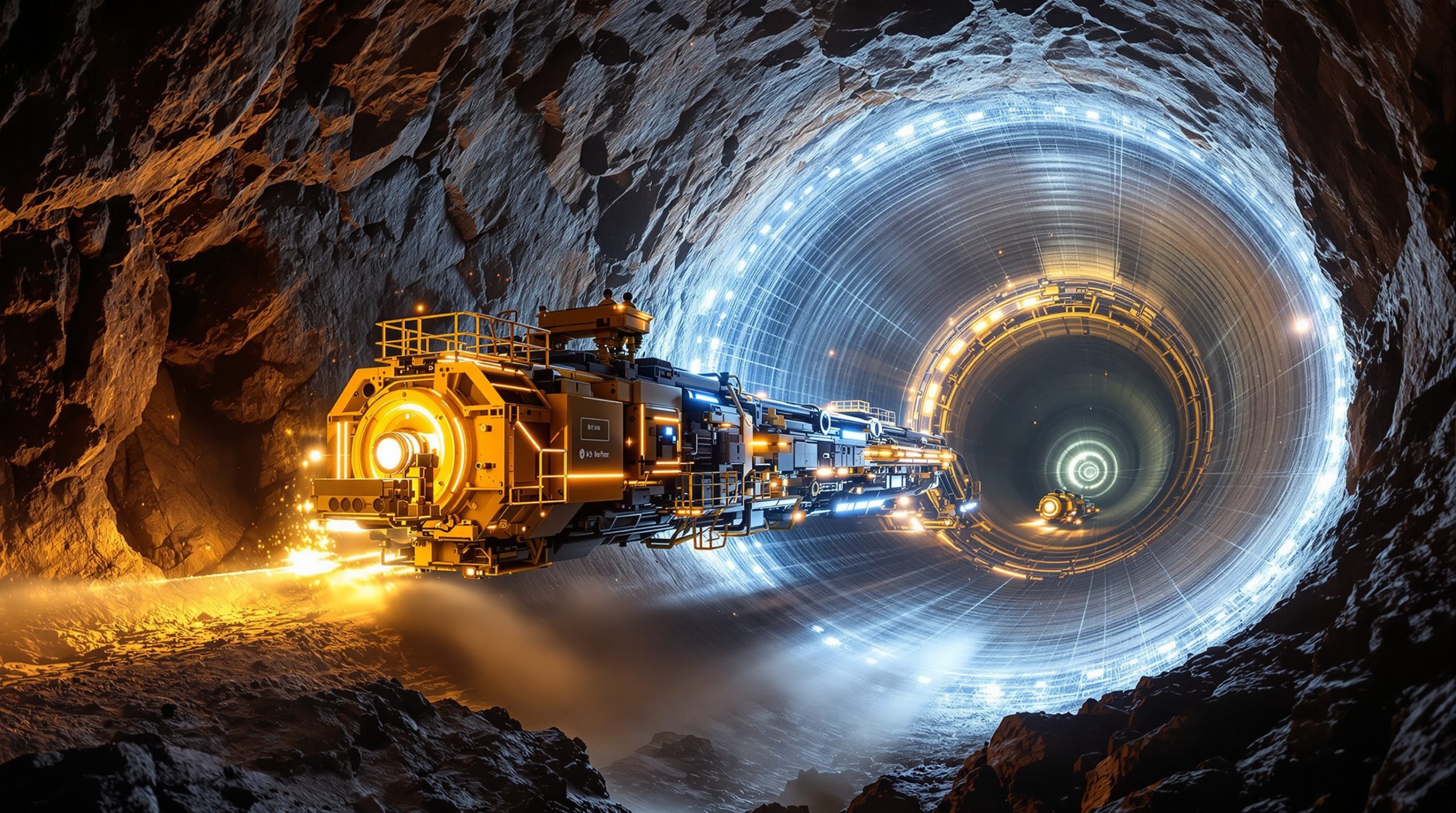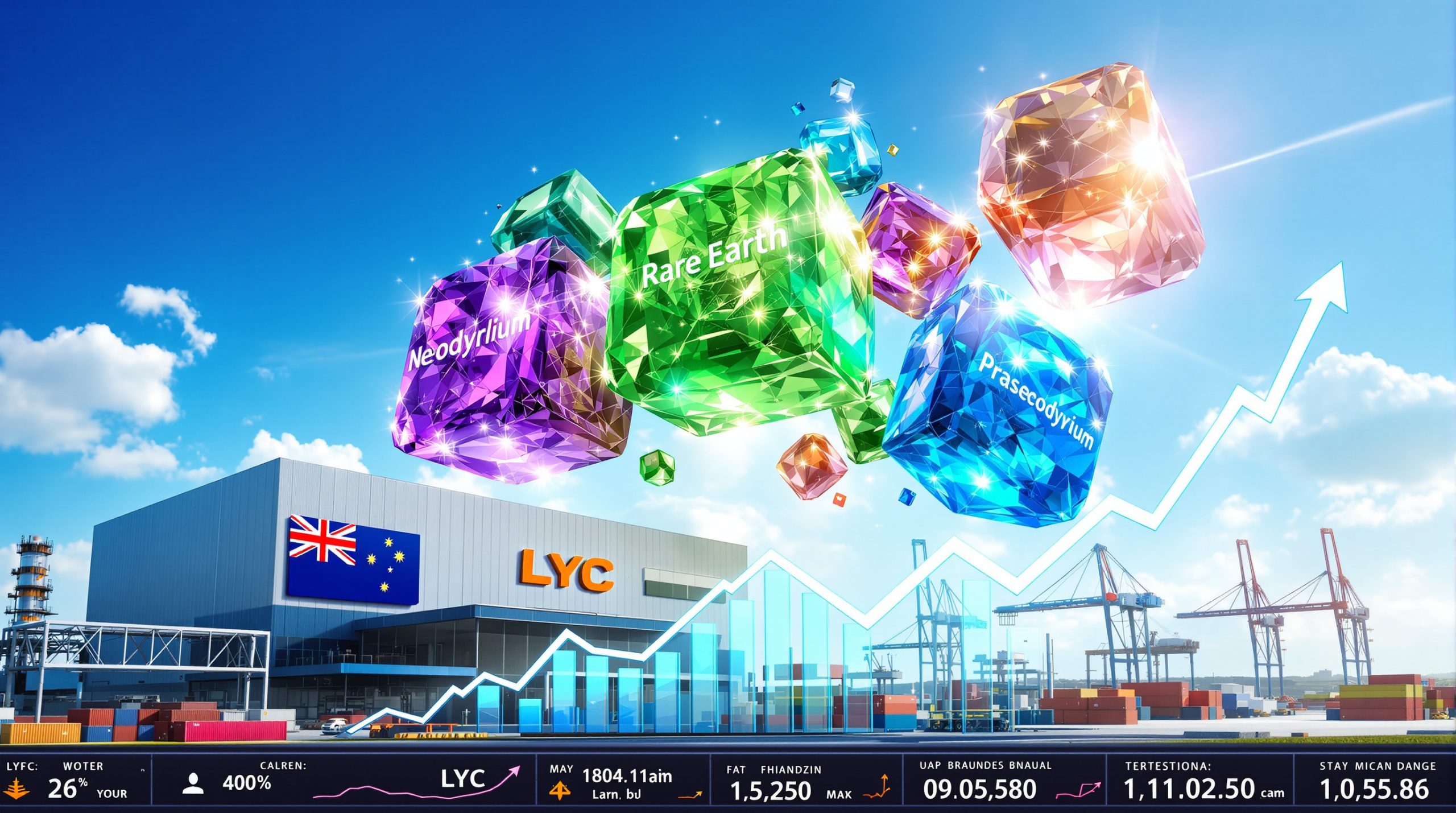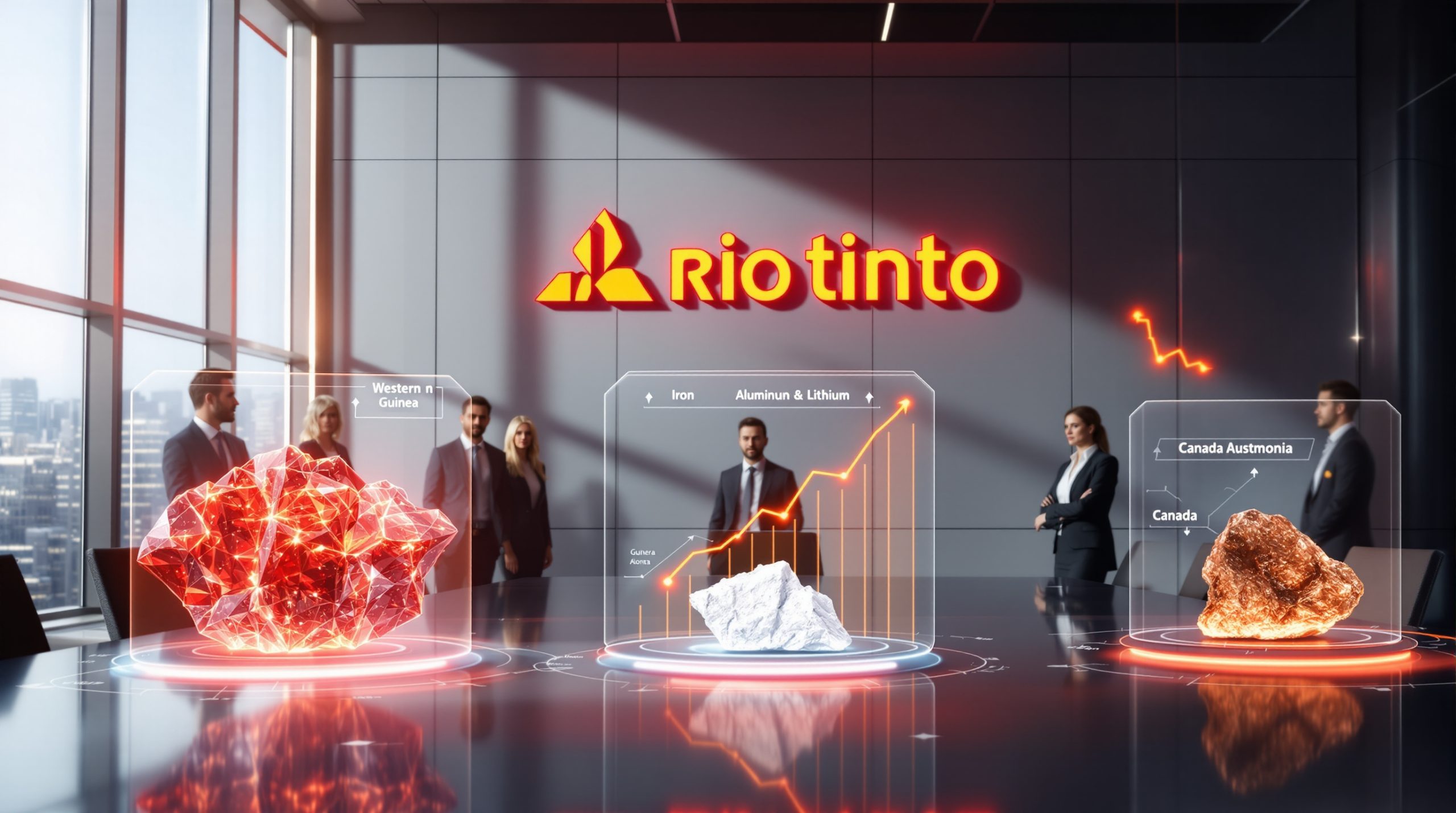What is the Gramalote Mine Project?
The Gramalote gold project represents B2Gold's ambitious venture into Colombia's mining sector, positioned in the mineral-rich municipality of San Roque in Antioquia department. This $740 million investment follows an extensive feasibility study that has confirmed the project's technical, economic, and environmental viability – a critical milestone in transforming the site from an exploration prospect into a full-scale mining operation.
Located in central Colombia's Antioquia region, the project benefits from the area's established history of mineral wealth and mining activity. This strategic positioning offers B2Gold significant operational advantages, including access to skilled labor, established infrastructure networks, and proximity to supply chains essential for modern mine planning.
The project's location within Colombia's "Golden Triangle" mining district places it among several world-class mineral deposits that have helped establish the country as an emerging mining jurisdiction. Antioquia itself has been a traditional center for gold mining since pre-colonial times, with its mountainous terrain hosting numerous high-grade deposits.
Understanding Gramalote's Geological Significance
Gramalote's deposit represents a significant gold resource within Colombia's Middle Cauca Belt, a geological formation known for hosting substantial epithermal and porphyry-style gold deposits. The mineralization at Gramalote occurs primarily within intrusive rock formations, with gold typically associated with sulfide minerals in quartz veins and stockworks.
What makes Gramalote particularly noteworthy is the scale of mineralization, with extensive exploration confirming consistent gold values across the deposit area. While specific reserve grade figures weren't included in the announcement, the substantial production projections suggest a viable grade profile capable of supporting the significant capital investment.
How Will the $740 Million Investment Be Utilized?
The $740 million capital expenditure represents one of the largest recent mining investments in Colombia, highlighting B2Gold's confidence in both the project and the country's mining sector. This substantial funding will support comprehensive development across multiple project components.
While the specific capital allocation breakdown wasn't detailed in B2Gold's announcement, mining projects of this scale typically distribute funding across several key areas:
- Mine development and pre-stripping: Establishing initial mining areas and removing overburden to access ore
- Processing plant construction: Building facilities for crushing, grinding, leaching, and recovery of gold
- Site infrastructure: Developing power supply, water management systems, access roads, and administrative facilities
- Environmental systems: Implementing tailings storage, water treatment, and environmental monitoring infrastructure
- Community development initiatives: Supporting local infrastructure, education, healthcare, and economic diversification programs
Timeline for Development and Construction
The development of a large-scale gold mine like Gramalote typically follows a structured timeline spanning several years from investment decision to production. While specific milestone dates weren't provided in the announcement, the project will likely progress through several critical phases:
- Detailed engineering and planning: Finalizing technical designs and operational plans
- Site preparation and early works: Clearing, grading, and preparing the project area
- Major construction phase: Building processing facilities and primary infrastructure
- Commissioning: Testing equipment and systems before full operation
- Ramp-up: Gradually increasing production to design capacity
Based on comparable projects, construction would typically require 24-36 months from groundbreaking to first gold production, with full operational capacity achieved in the subsequent 6-12 months.
What Production Capacity Will Gramalote Achieve?
B2Gold's feasibility study projects impressive production figures for Gramalote, positioning it as a significant contributor to Colombia's gold sector. During its first five years of operation, the mine is expected to produce an average of 227,000 ounces of gold annually – a substantial output that places it among the more productive gold operations in South America.
Over its entire operational life, Gramalote is projected to maintain a robust production rate averaging approximately 177,000 ounces per year. This production profile demonstrates the project's strong economic foundation and supports the substantial capital investment required for development.
Mine Life and Processing Capabilities
The feasibility study confirms an 11-year active mining life for Gramalote, with ore processing operations extending to 13 years. This two-year extension of processing beyond active mining indicates a strategic approach to resource management, likely involving the stockpiling of lower-grade material for treatment after the higher-grade zones have been depleted.
This approach maximizes the economic value of the resource by prioritizing higher-grade material early in the mine life while ensuring continued processing of economic material throughout the operation. The extended processing schedule also helps optimize the utilization of capital-intensive plant infrastructure over a longer period.
The processing strategy demonstrates B2Gold's sophisticated approach to mine planning and economic optimization, leveraging the company's extensive operational experience gained across its global portfolio.
How Does Gramalote Fit into B2Gold's Global Portfolio?
Gramalote represents a strategic expansion of B2Gold's already diverse global mining portfolio. The company currently operates four producing gold mines across multiple continents, providing operational stability through geographic diversification:
- Fekola mine in Mali: B2Gold's flagship operation, consistently delivering strong production results despite operating in a challenging jurisdiction
- Masbate mine in the Philippines: A stable producer providing consistent cash flow with opportunities for optimization
- Otjikoto mine in Namibia: Operating in one of Africa's more stable mining jurisdictions
- Operations in Canada: Contributing to the company's North American presence
This balanced global footprint has helped B2Gold mitigate jurisdiction-specific risks while building extensive expertise in developing and operating mines across diverse geological, regulatory, and cultural environments.
Strategic Expansion and Exploration Initiatives
Beyond Gramalote, B2Gold maintains an active exploration and development pipeline designed to sustain and expand its production profile. The company's forward-looking strategy includes:
- Additional opportunities in Colombia: Leveraging their presence and experience in the country to identify new prospects
- Exploration projects in Finland: Pursuing opportunities in this stable European mining jurisdiction
- Ongoing exploration around existing operations: Extending mine life and optimizing value at current sites
This multi-faceted growth strategy reflects B2Gold's commitment to maintaining a robust production profile while continually replenishing its resource base through strategic exploration and development.
What Economic Impact Will Gramalote Have?
The $740 million investment in Gramalote represents a significant financial commitment that B2Gold expects to generate substantial returns. While detailed economic projections weren't disclosed in the announcement, the company's decision to proceed with development following a comprehensive feasibility study indicates strong economic fundamentals.
For mining projects of this scale, financial viability typically requires:
- Competitive capital intensity: Measured as dollars invested per ounce of annual production capacity
- Manageable operating costs: Allowing for profitable operation across various gold price forecast scenarios
- Robust internal rate of return (IRR): Providing attractive returns relative to the capital deployed
- Reasonable payback period: Allowing for recovery of invested capital within an acceptable timeframe
The substantial production profile (227,000 ounces annually in the first five years) provides a strong foundation for generating returns on the $740 million investment.
Local and National Economic Benefits
Beyond corporate returns, Gramalote will deliver significant economic benefits to Colombia and particularly to the Antioquia region:
- Employment generation: Creating hundreds of direct jobs during construction and operations, with several times more indirect employment through supply chains
- Skills development: Providing training and experience in modern mining techniques and technologies
- Tax revenue: Contributing to national and regional government income through various taxation mechanisms
- Infrastructure development: Improving transportation, power, and service infrastructure in the project area
- Local business opportunities: Creating demand for goods and services that can be supplied by Colombian businesses
These economic benefits extend well beyond the mine site, creating widespread positive impacts throughout regional and national economies. For Colombia, the project represents an important step in developing its formal mining sector and diversifying its economy.
Investment Perspective: Mining projects like Gramalote provide Colombia with an opportunity to attract foreign direct investment in a regulated environment that can generate sustainable economic benefits while adhering to modern environmental and social standards.
How Will Environmental and Social Responsibilities Be Managed?
B2Gold's confirmation of Gramalote's environmental viability indicates comprehensive planning for responsible management of the project's environmental footprint. Modern mining operations, particularly those developed by international companies, implement sophisticated environmental management systems designed to minimize impacts and ensure compliance with both national regulations and international standards.
Environmental Management Strategies
While specific environmental management details weren't outlined in the announcement, B2Gold's approach likely includes:
- Water management: Comprehensive systems for collection, treatment, reuse, and responsible discharge of water used in mining and processing
- Biodiversity conservation: Programs to protect sensitive habitats and species in the project area, potentially including offset initiatives
- Air quality controls: Measures to minimize dust and emissions from operations
- Energy efficiency: Optimization of power use and potential incorporation of renewable energy sources
- Waste management: Proper handling and disposal of both non-hazardous and potentially hazardous materials
- Progressive rehabilitation: Ongoing restoration of disturbed areas throughout the mine life
These environmental protection measures are typically documented in a comprehensive Environmental and Social Impact Assessment (ESIA) and implemented through an Environmental Management System (EMS) adhering to international standards like ISO 14001.
Community Engagement and Social Development
Successful mining operations recognize that social acceptance is as crucial as technical feasibility. B2Gold's approach to Gramalote likely includes:
- Transparent stakeholder engagement: Regular, open communication with local communities and authorities
- Community development programs: Initiatives supporting education, healthcare, and local infrastructure
- Local employment and procurement: Prioritizing hiring and purchasing from host communities
- Cultural heritage protection: Identifying and preserving sites of cultural significance
- Grievance mechanisms: Formal processes for addressing community concerns
By implementing these social responsibility measures, B2Gold aims to establish Gramalote as a contributor to sustainable development in the San Roque region, creating positive legacies that extend beyond the mine's operational life.
What Challenges Might the Project Face?
Despite its strong fundamentals, the Gramalote project will navigate various challenges common to large-scale mining developments, particularly in emerging mining jurisdictions like Colombia.
Regulatory and Permitting Considerations
Colombia's mining regulatory framework has evolved significantly in recent years, presenting both opportunities and challenges:
- Environmental licensing: Navigating Colombia's environmental permitting process, which has become increasingly rigorous
- Community consultation requirements: Meeting legal obligations for prior consultation with local communities, particularly indigenous and Afro-Colombian populations
- Changing regulatory landscape: Adapting to potential evolution in mining regulations as Colombia continues to develop its framework
- Coordination across government agencies: Working with multiple authorities at national, departmental, and municipal levels
B2Gold's confirmation of the project's viability suggests confidence in their ability to successfully navigate these regulatory requirements, though ongoing engagement with authorities will remain essential throughout the project lifecycle.
Operational and Market Risks
Beyond regulatory considerations, Gramalote faces operational and market challenges including:
- Gold price volatility: Managing the impact of fluctuating gold prices on project economics
- Cost management: Controlling capital and operating costs in an inflationary environment
- Security considerations: Ensuring safe operations in a region with historical security challenges
- Technical execution: Successfully implementing the mine plan and achieving production targets
- Supply chain reliability: Securing consistent access to equipment, materials, and services
B2Gold's extensive operational experience across multiple jurisdictions provides valuable expertise in managing these challenges, though each will require ongoing attention throughout Gramalote's development and operation.
How Does Gramalote Compare to Other Gold Projects?
The Gramalote project represents a significant addition to the global pipeline of gold development projects. While specific comparative metrics weren't provided in the announcement, several factors position Gramalote within the broader gold mining landscape.
Benchmarking Against Peer Projects
When compared to other gold development projects globally, key benchmarking metrics for Gramalote include:
| Metric | Gramalote | Typical Range for Medium-Large Gold Projects |
|---|---|---|
| Capital Intensity | ~$3,260/oz* | $2,500-4,500/oz annual production |
| Annual Production | 227,000 oz (Years 1-5) | 100,000-300,000 oz for mid-tier projects |
| Mine Life | 11 years | 8-15 years |
| Processing Extension | 2 years beyond mining | Varies by project |
*Calculated as $740M ÷ 227,000 oz annual initial production
This capital intensity places Gramalote in a competitive position relative to other development-stage gold projects, particularly considering the challenges of greenfield development and the comprehensive infrastructure requirements.
Competitive Advantages of the Project
Several factors strengthen Gramalote's competitive position:
- B2Gold's operational expertise: Track record of successful mine development and operation across diverse jurisdictions
- Scale advantages: Production profile sufficient to support efficient operations and absorb fixed costs
- Extended processing life: Maximizing return on processing infrastructure through the 13-year plant life
- Strong initial production: Higher production in early years improves payback period and project economics
- Strategic jurisdiction: Colombia's improving investment climate for mining and proximity to infrastructure
These advantages help differentiate Gramalote from other development projects competing for investment capital in the gold mining sector.
What's the Future Outlook for Gramalote?
With B2Gold's commitment to development, Gramalote is positioned to become one of Colombia's most significant gold mining operations. Looking beyond initial development, several factors will influence the project's long-term trajectory.
Expansion Potential and Resource Growth
Mining projects often evolve beyond their initial development plans through:
- Resource expansion: Additional exploration often identifies extensions to known mineralization
- Operational optimization: Improvements in mining and processing techniques can enhance recovery and reduce costs
- Throughput increases: Potential for expanding processing capacity as operations stabilize
- Satellite deposits: Exploration of nearby prospects can identify additional ore sources
B2Gold's exploration activities in Colombia suggest a strategic interest in the region that could extend beyond Gramalote itself, potentially identifying additional resources that could extend the operation's life or increase its production profile.
Long-term Strategic Significance
Beyond its immediate economic returns, Gramalote holds broader strategic significance:
- For B2Gold: Establishing a production base in a new jurisdiction, diversifying the company's geographic footprint
- For Colombia: Demonstrating the country's potential as a destination for responsible mining investment opportunities
- For the global gold market: Contributing meaningful production to the global supply pipeline
- For sustainable mining practices: Opportunity to showcase modern environmental and social responsibility approaches
This strategic importance extends Gramalote's significance beyond its direct production and economic metrics, positioning it as a potential model for responsible resource development in Colombia.
FAQ About B2Gold's Gramalote Project
What is the expected annual gold production at Gramalote?
The mine is projected to produce an average of 227,000 ounces of gold annually during its first five years and 177,000 ounces per year over its entire operating life.
How long will the Gramalote mine operate?
According to the feasibility study, Gramalote has an expected mine life of 11 years, with processing operations continuing for 13 years.
Where exactly is the Gramalote project located?
The project is situated in the municipality of San Roque in Colombia's Antioquia department, in central Colombia.
What other mining operations does B2Gold currently manage?
B2Gold operates four producing gold mines: the Fekola mine in Mali, the Masbate mine in the Philippines, the Otjikoto mine in Namibia, and operations in Canada, with exploration projects in Colombia and Finland.
When is production expected to begin at Gramalote?
While the specific production start date wasn't provided in the announcement, major mining projects typically require 2-3 years from final investment decision to first production.
What environmental safeguards will be implemented at Gramalote?
The feasibility study confirmed the project's environmental viability, indicating comprehensive environmental management plans that will comply with both Colombian regulations and international best practices.
How will local communities benefit from the project?
Benefits will include employment opportunities, skills development, local procurement, community development initiatives, and tax revenue that can support regional infrastructure and services.
Gramalote's Significance in the Gold Mining Landscape
B2Gold's $740 million commitment to developing the Gramalote project marks a significant milestone in Colombia's mining sector evolution. With its substantial production profile – averaging 227,000 ounces of gold annually in its first five years – Gramalote is positioned to become one of the country's most important gold mining operations.
The project's 11-year mine life, extended to 13 years through continued processing, provides a sustainable timeframe for generating economic benefits while allowing for comprehensive environmental management and mine reclamation importance. This approach reflects B2Gold's commitment to responsible resource development that balances economic returns with environmental and social considerations.
For B2Gold, Gramalote represents a strategic expansion of an already diverse global portfolio, adding Colombia to its operational presence that spans Africa, Asia, and North America. This geographic diversification strengthens the company's production profile while providing exposure to Colombia's emerging mining sector.
From a national perspective, Gramalote demonstrates Colombia's potential to attract substantial foreign investment in its natural resources sector under a framework of modern regulation and responsible development practices. The project can serve as a benchmark for future mining developments in the country, establishing standards for environmental management,
Want to Discover ASX Mining Opportunities Before the Market?
Don't miss the next major mineral discovery on the ASX! Discovery Alert's proprietary Discovery IQ model delivers instant notifications on significant mineral finds, turning complex data into actionable investment insights. Visit discoveryalert.com.au/discoveries to see how historic discoveries have generated exceptional returns and start your 30-day free trial today.




